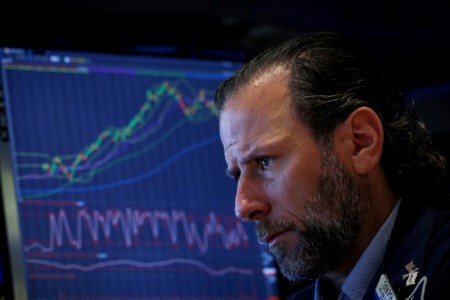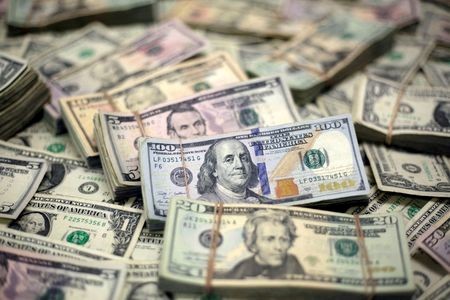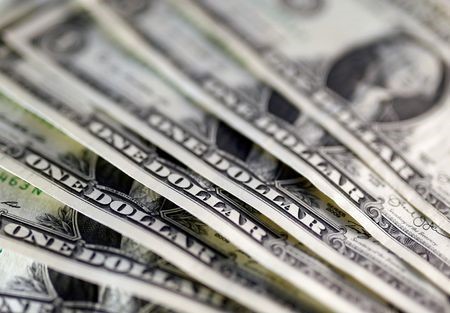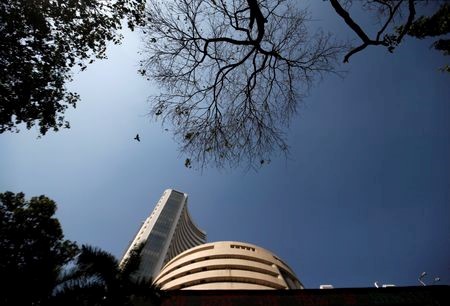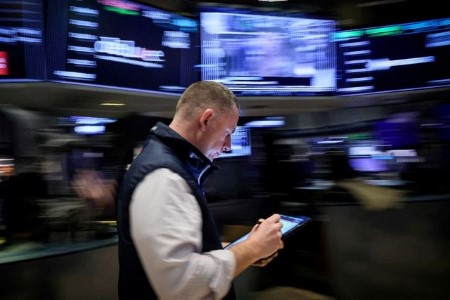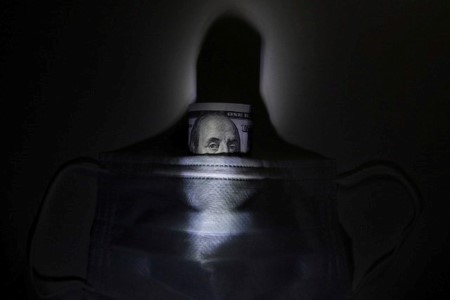NEW YORK – Oil prices settled 2% lower on Friday, with a big weekly loss after data US jobs data was weaker than expected in August, which outweighed price support from a delay to supply increases by OPEC+ producers.
Brent crude futures were down USD 1.63, or 2.24%, to USD 71.06 a barrel, their lowest level since Dec. 2021. US West Texas Intermediate crude futures fell USD 1.48, or 2.14%, to USD 67.67, their lowest since June 2023.
For the week, Brent declined 10%, while WTI dropped around 8%.
US government data showed employment increased less than expected in August, but a drop in the jobless rate to 4.2% suggested an orderly labor market slowdown that may not warrant a big interest rate cut from the Federal Reserve this month.
“The jobs report was a little soft and implied that the economy in the US is on the slide,” Bob Yawger, executive director of energy futures at Mizuho.
Concerns around Chinese demand also kept pressuring oil prices, Yawger said.
On Thursday, Brent settled at its lowest since June 2023 despite a withdrawal from US oil inventories and a decision by OPEC+ to delay planned oil output increases.
US crude stockpiles fell by 6.9 million barrels to 418.3 million barrels last week, compared with a projected decline of 993,000 barrels in a Reuters poll of analysts.
Signals that Libya’s rival factions could be closer to an agreement to end the dispute that has halted the country’s crude exports also pressured oil prices this week. Exports remained mostly shut in but some loadings have been permitted from storage.
Bank of America lowered its Brent price forecast for the second half of 2024 to USD 75 a barrel from almost USD 90 previously, it said in a note on Friday, citing building global inventories, weaker demand growth, and OPEC+ spare production capacity.
The US active oil rig count, an early indicator of future output, remained unchanged at 483 this week, energy services firm Baker Hughes BKR.O reported on Friday.
Money managers cut their net long US crude futures and options positions in the week to Sept. 3, the US Commodity Futures Trading Commission (CFTC) said on Friday.
(Reporting by Nicole Jao in New York, Robert Harvey in London and Colleen Howe in Beijing; Editing by David Goodman, Jason Neely, Sharon Singleton, Paul Simao, Alexander Smith, and David Gregorio)







 DOWNLOAD
DOWNLOAD





